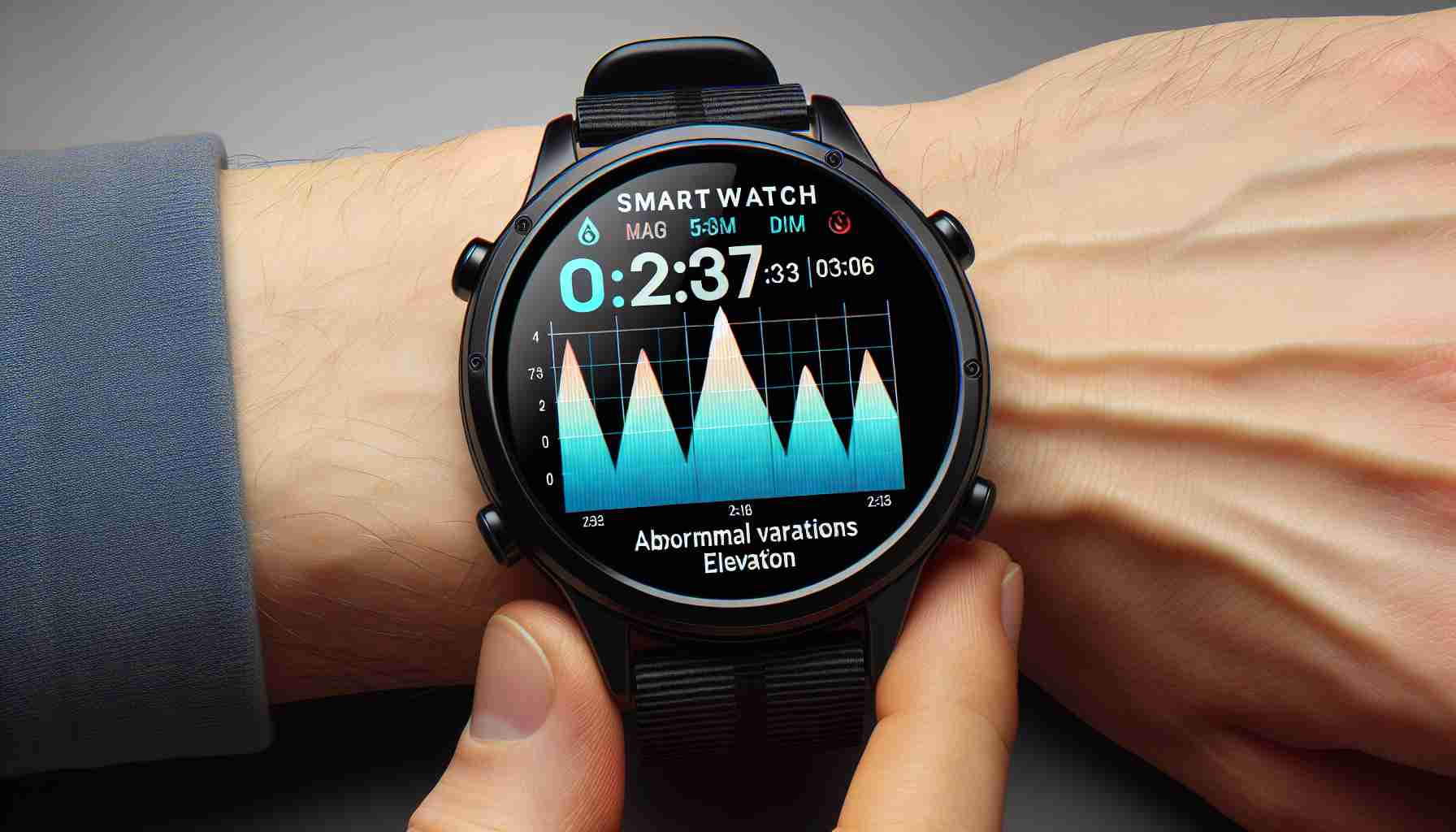An individual recently noticed significant discrepancies in elevation data recorded by their smartwatch during workouts. The inconsistency, which has emerged within the last few weeks, is causing confusion and concern.
For years, the individual has diligently followed a weekly interval workout routine, using various smartwatch models, including the Apple Watch 2, 7, and a newer version, AWU2. Additionally, they occasionally utilize a Garmin Fenix 7 for the same workout. Historically, elevation gain readings across all devices remained consistent until the recent anomalies surfaced.
Over the course of the last five workouts, the individual observed that the AWU2’s elevation data deviated from the expected values. On two occasions, the smartwatch overestimated the total elevation gain by approximately 20%, while on two other occasions, it underestimated the gain by 10-15%. These discrepancies, particularly during a workout with over 3000 feet of elevation gain, are impossible to ignore.
The individual, who resides in coastal Southern California, where GPS reception is generally reliable due to minimal tree cover, seeks possible explanations for this sudden fluctuation in elevation readings. Various workout apps have been used to track the data, including Workoutdoors and the Apple Workout app, leaving the individual to wonder whether the issue might be related to the ongoing beta software they are using.
Additional Relevant Facts:
– Elevation readings on smartwatches can be influenced by factors such as atmospheric pressure changes, GPS accuracy, and software algorithms that calculate elevation gain.
– Some smartwatch models have known issues with elevation accuracy, requiring periodic calibration or updates to improve data precision.
– Users can manually calibrate elevation settings on certain smartwatches to enhance accuracy, but this process may be cumbersome and require frequent adjustments.
Most Important Questions:
1. Is the inconsistency in elevation data limited to a specific smartwatch model or does it affect multiple devices?
2. Are there specific environmental conditions or software updates that coincide with the timing of the elevation discrepancies?
3. How do variations in elevation readings impact the overall user experience and the reliability of tracking workout data?
Key Challenges and Controversies:
– Ensuring consistent and accurate elevation data is crucial for outdoor enthusiasts, hikers, and athletes who rely on smartwatches for tracking performance metrics.
– The reliability of elevation readings can impact training decisions, route planning, and overall trust in smartwatch technology.
– Addressing elevation discrepancies may require collaboration between smartwatch manufacturers, app developers, and users to identify root causes and implement effective solutions.
Advantages:
– Smartwatches provide convenient and real-time tracking of elevation data during workouts, enabling users to monitor progress and set fitness goals.
– Elevation readings on smartwatches can enhance the overall training experience by offering insights into the intensity and terrain of physical activities.
Disadvantages:
– Inaccurate elevation data can lead to misleading workout metrics, affecting training plans and performance analysis.
– Users may experience frustration and uncertainty when encountering sudden fluctuations or inconsistencies in elevation readings on their smartwatches.



